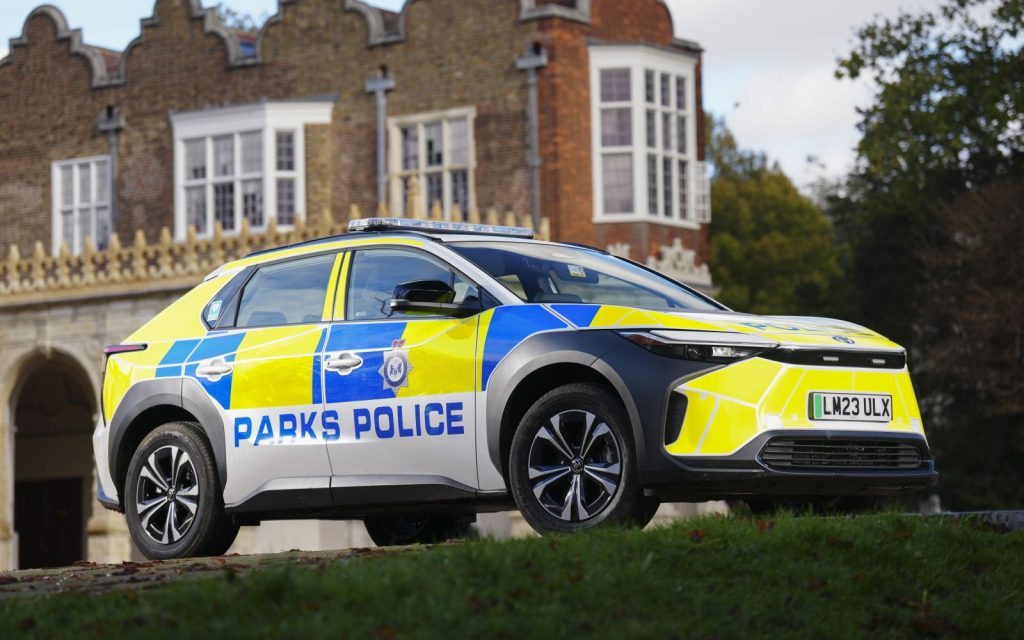A project funded by the Government has been launched which aims to maximise the efficiency of zero-emission emergency service vehicles with new technology.
Funded by Innovate UK under the Net Zero Mobility programme, Project Robust Emergency Services Performing Operations in Electric (RESPONSE) looks to tackle some of the barriers in blue light operations with regards to planning and dispatch systems.
Flexible Power Systems (FPS) will lead the project with support from Cenex.
FPS is developing the new platform based on its existing Operate architecture – data integration software that works with the existing ecosystem used to manage fleet operations.
For RESPONSE, Operate will investigate how digital tools and artificial intelligence can be applied to emergency dispatch systems to better accommodate zero emission response vehicles.
Based in the UK and Holland, the participating partners sharing information about the operations of their current systems include NHS England, Southwest Police Service, Kent Police and Essex Police, and Ambulancezorg Nederland, the Dutch Ambulance association.
About 1,000 zero-emission emergency vehicles are now in operation, according to a recent Gridserve Freedom of Information (FOI) request sent to police, fire and ambulance services.
Michael Ayres, managing director of FPS, said, “The electrification of emergency services vehicles presents the biggest challenge yet in the decarbonisation of transport.
“The complexities of assessing the correct vehicle to dispatch are myriad for the operator. We’re very proud that Cenex chose us to deliver this crucial service.”
Dr Peter Speers, principal technical specialist at Cenex, said, “Project RESPONSE offers an exciting opportunity to utilise our extensive experience in supporting emergency fleets and apply it to the development of zero-emission emergency service operations.
“With our deep understanding of vehicle technology and fleet operations, we are committed to maximising efficiency and ensuring the seamless integration of sustainable practices into emergency service operations.”




